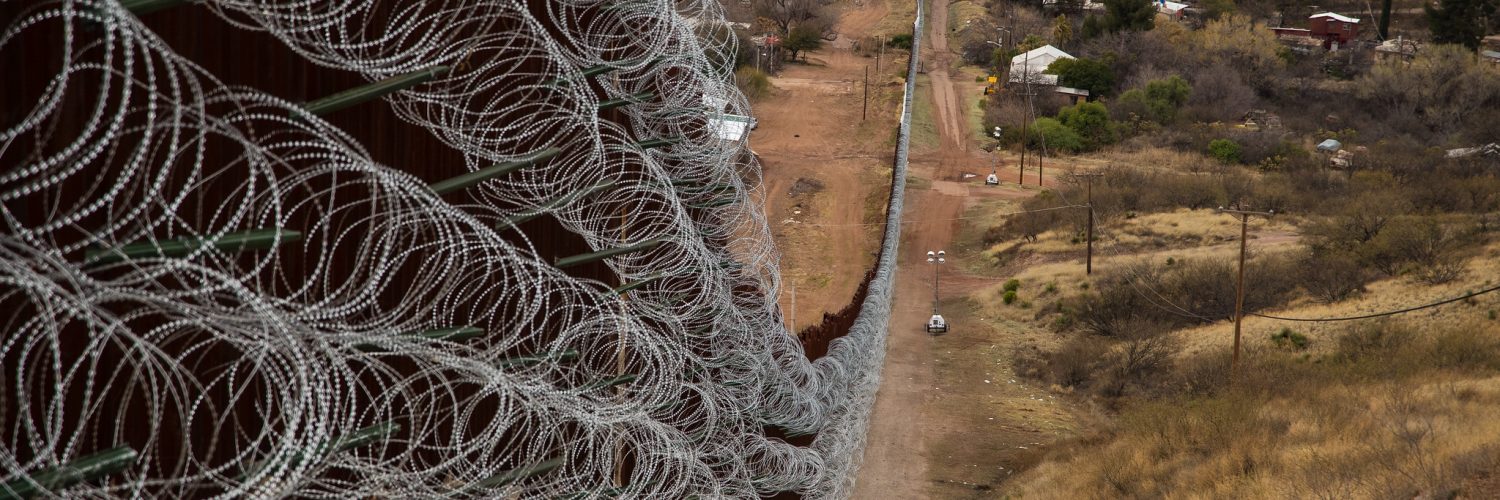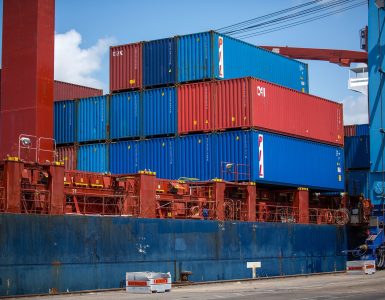Santa Cruz County in Southern Arizona will receive a $200,000 federal grant to fund planning to fight the growing opioid crisis in the state. According to data out of the Nogales Fire Department, opioid overdose-related calls spiked by 56 percent between 2017 and 2018.
Experts are pointing out that a series of underground tunnels create another channel to bring drugs into the country.
Customs and Border Protection is hoping to commission new robotic technology that can explore these underground tunnels as well as hard-to-navigate above ground terrain.
The agency is working hand-in-hand with Homeland Security’s Science and Technology Directorate to develop robots that can gather information from tunnels, providing data to those monitoring above. The Directorate sent out a request seeking technologies, products, and research evidence for information and planning purposes.
“DHS S&T is interested in evaluating robotic communication capabilities to characterize underground structures, contents, threats and obstacles along the U.S. southern border,” according to the Request For Information. “These environments range in size and shape, but are all characterized by lack of GPS-signal, short distance—less than 50 meters—line of sight, and a variety of building materials.”
CBP is looking to get the robots in the field as soon as possible to carry out border environment investigations. In the request, the joint agencies detail a high-tech solution to the issue underground, including virtual/augmented reality robot control interfaces and autonomous navigation.
“DHS S&T is seeking technologies that are offered as off-the-shelf solutions that enable communications in a robotics architecture that could be deployed in a wide range of border environments and missions,” DHS stated.
Demonstration and evaluation sessions highlighting the new technologies will be displayed from August 5-10 along the border.
Robotic technology has been used in the past to explore tunnels with the purpose of searching out drug smugglers and illegal border crossers. But these robots are more sophisticated, as they utilize more advanced technologies such as AI, VR, and AR.
Photo courtesy of U.S. Customs and Border Protection, Flickr/Robert Bushell















Add comment